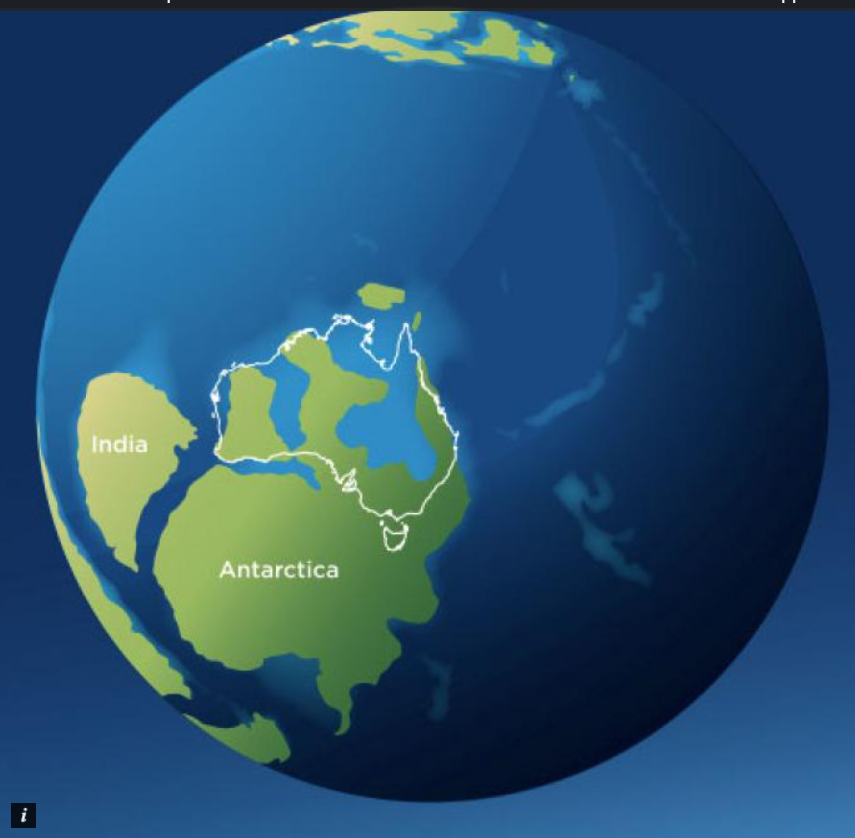Researchers have identified 12 ancestral plant species from an early Eocene fossil assemblage in Tasmania that once formed part of a giant, circumpolar forest
Fifty million years ago, lush rainforests blanketed modern-day Antarctica, Australia, New Zealand and the tip of South America. Now, researchers have discovered new fossils that reveal which plant species populated these forests and how they adapted to life near the South Pole.
Recent excavations in western Tasmania uncovered a number of plant fossils, including the remains of two species of conifer previously unknown to science that were part of a 53 million-year-old “polar forest.”
The forest thrived during the Eocene epoch (56 million to 33.9 million years ago), when global surface temperatures averaged 27 degrees Celsius and the southern continents formed one giant landmass around the South Pole, according to a study published Aug. 27 in the American Journal of Botany.
“This discovery offers rare insights into a time when global temperatures were much higher than today,” study author Miriam Slodownik, a paleobotanist and recent doctoral graduate from the University of Adelaide in Australia, said in a statement. “Tasmania was much closer to the South Pole, but the warm global climate allowed lush forests to thrive in these regions.”
Global temperatures spiked during the Early Eocene Climatic Optimum (53 million to 49 million years ago), a period predating the breakup of Australia from Antarctica between 45 million and 35 million years ago. New fossils unearthed near Tasmania’s Macquarie Harbor suggest tropical plants from the polar forest traveled north as the continents drifted apart, seeding rainforests that still exist today.
Researchers excavated more than 400 plant fossils and analyzed them in the lab using advanced microscopes and ultraviolet photography. These techniques revealed well-preserved leaves and cellular structures that helped the team identify 12 different plant species. Most of these were ancestors of flora still found today in Australia, New Zealand and South America, according to the statement. These three landmasses stayed joined together after the breakup of the ancient supercontinent Gondwana and remained so until at least 49 million years ago.
Of the 12 species, at least nine were conifers, according to the study. “The most spectacular fossils are relatives of the Kauri , Bunja and Wollemi pines that give clues about the evolution of these iconic Australian trees,” Slodownik said.

